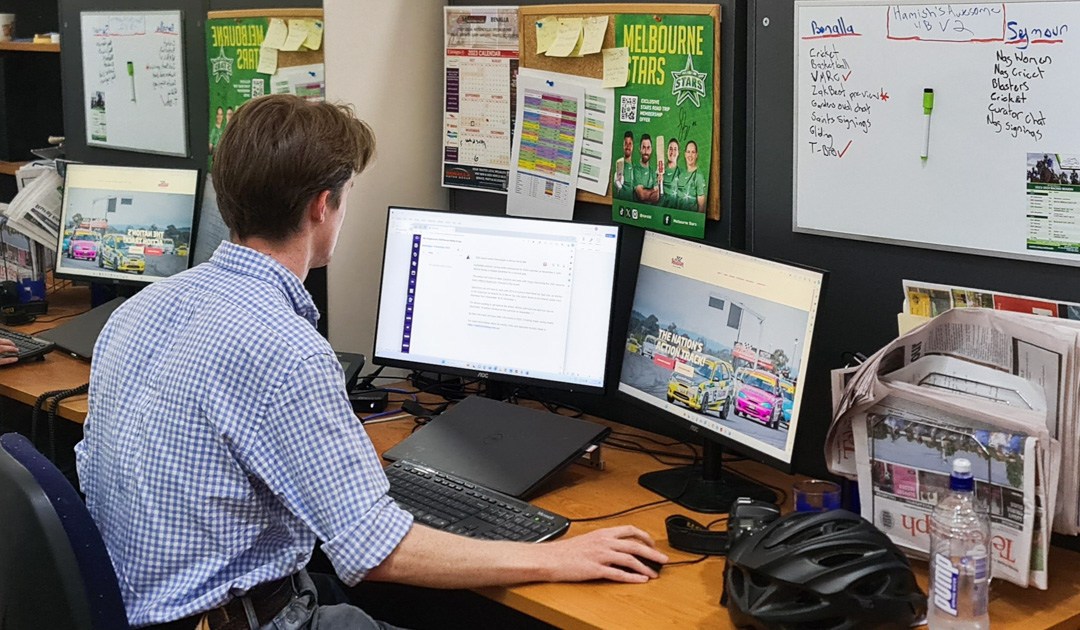
By Matthew Hall
Hamish Donaldson came to sports journalism by a winding road that started in Toowoomba, diverted to an Art History degree at the University of Melbourne, and ended up in Benalla in regional Victoria.
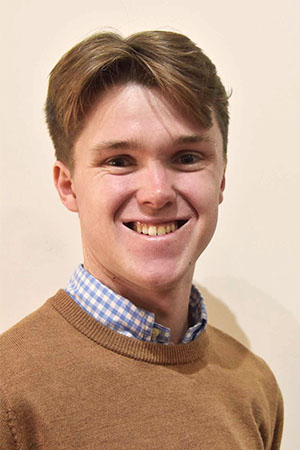 Hamish Donaldson
Hamish Donaldson
His aspirations didn’t prepare him for a career in regional sports journalism.
“I was thinking of working for an auction house, or something like that. But then I did my honours thesis on street art in Australia, and as part of that, I got to talk to all these people, and conduct a lot of interviews,” he says.
“Through that, I found that I just really loved talking to people: interviewing people, hearing their stories… But I also absolutely loved my sport, I could talk about it for hours. I thought, ‘Actually, the thing I want to do is talk to people about their sports stories all day’. And I decided to get into the world of journalism.”
Shortly after graduating, Hamish saw a job advertised at the Benalla Ensign, one of McPherson Media Group’s 11 regional print mastheads. He applied, was accepted, and dived straight in as a third-year sports journalism cadet.
But the new recruit had a big assignment — Hamish soon became the sole sports reporter for not only the Benalla Ensign, but also the Seymour Telegraph, both published weekly on a Wednesday.
“Straight away, I was thrown in the deep end. We had 10 back pages of sport a week in Benalla in the winter, and six or seven pages in Seymour … in those first early days in winter, I was doing 25 to 30 articles a week,” he says.
Sport is a huge part of life in rural and regional Victoria, offering small communities especially a tangible connection to people and place. It’s also a key driver of engagement with local journalism.
That means there’s significant pressure on local reporters to get the details right.
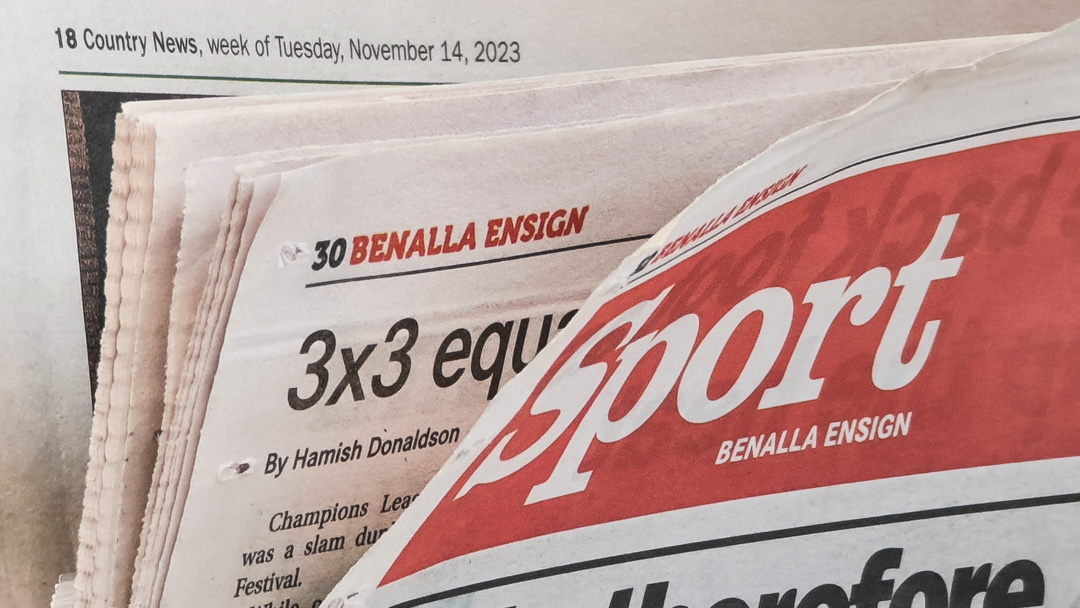
“When you get back on a Monday after a weekend of sport, and you know you’ve got to fill so many pages, it can be stressful, particularly if people aren’t answering the phone, or getting back to you in time,” Hamish says.
“One thing you learn pretty early on, is that you’re always going to have a paper. On Tuesday night it’s going to print, no matter what.”
Ultimately, Hamish says he’s relished the challenge.
“It’s just been awesome from day one … I think one of the great things about rural journalism is that you are thrown straight in,” he says.
This willingness to leave his comfort zone has been important. Working in a team of three at Benalla, he’s had to broaden his skills into general reporting, particularly as sport winds down over summer.
“I think the way that rural journalism is going, you've got to be a person of all trades, really just picking up and jumping on any story that comes your way,” he says.
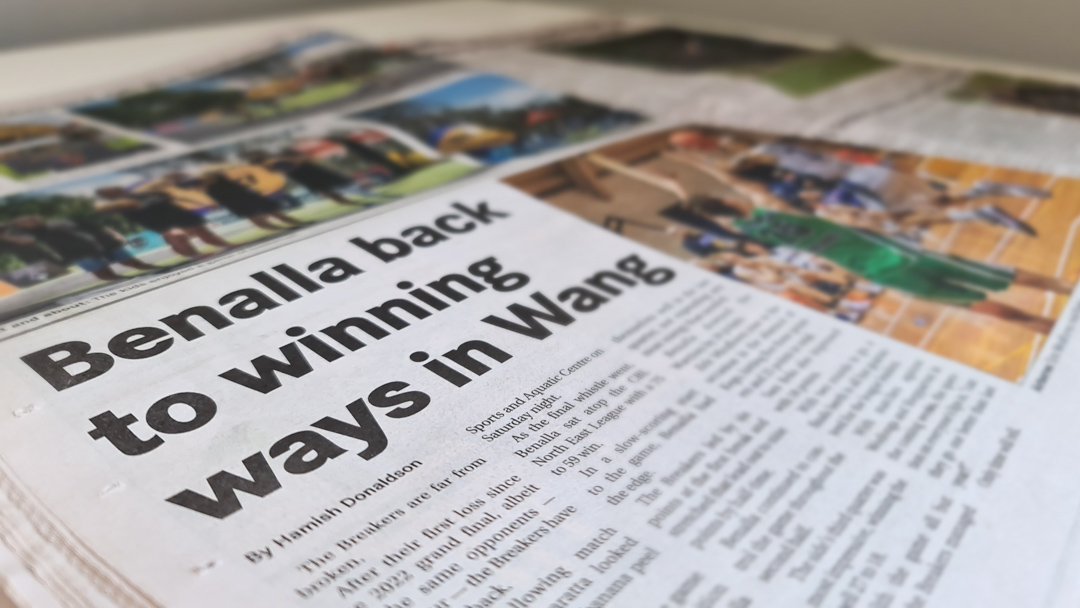
But just like in any regional newsroom, the work can be confronting.
“There are those days where you’ve got the CFA alarm going off right next to our office, or you’ve got a car crash, or something like that, and you’ve got to go and report on it. It can make you feel a bit invasive, especially taking photos of something like that,” he says.
Hamish says he’s received exceptional support with covering difficult stories, thanks to some outstanding mentors.
“Simon [Ruppert], my editor, has been in there for such a long time, and I can very easily ask for help and get his opinion on things,” he says.
“[That advice] helps make sure we’re not disregarding the person the story is about, and we’re not showing them in a bad light. We’re reporting the story in the best way possible, that’s providing the community with the best outcomes.”
The cost of producing and distributing print editions has been a major pressure on rural and regional mastheads. Yet in Benalla, there’s clearly still a demand for print. Walk around town on a Wednesday and you’ll see the Ensign everywhere; communal copies being passed around in bakeries, sitting on coffee tables at real estate offices, and glimpsed from under supermarket shoppers’ arms. The paper currently has a combined monthly readership (print and digital) of 46 000.
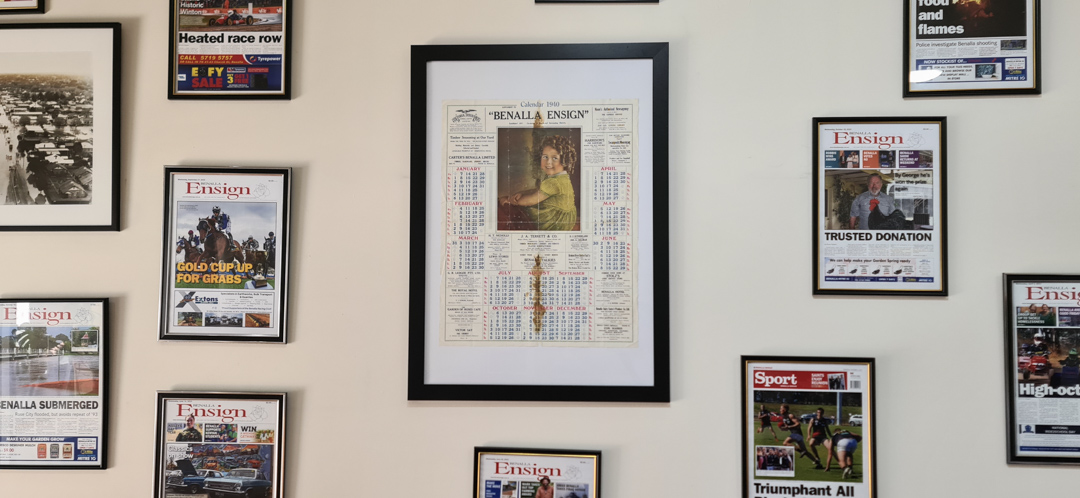
Ultimately, trends in news consumption habits will be a defining factor for the future of print. But Hamish is optimistic.
“I think we [McPherson] are evolving into digital; I think all news outlets have to do that. But I do also think that these small towns will always have a community of hard followers of the physical paper,” he says.
“The feeling is that the paper will always be there in some capacity for the community. There’s certainly no chance that any of our group’s mastheads will be moving away from physical papers anytime soon.”
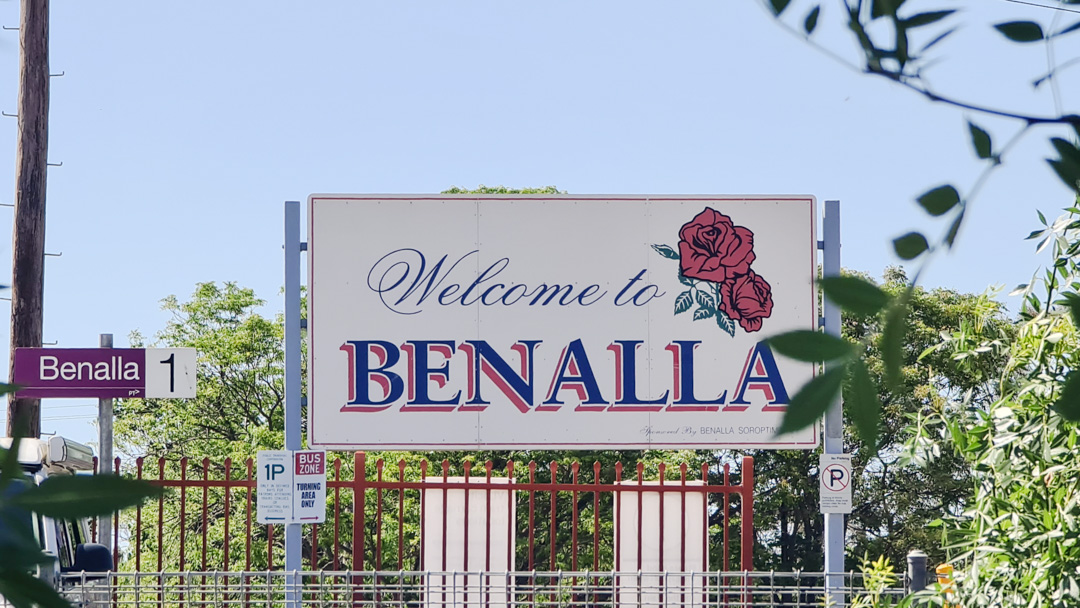
Hamish says regional outreach from larger metropolitan outlets could never fully replace the paper’s role.
“I think we’re just that local voice. That’s something we do better than anyone else, empowering these communities by telling the stories that matter to them,” he says.
“It's about proximity to you, the reader. It's being able to tell the stories about the people that the community knows, and really getting their voice out there.”
It’s a view shared by Josh Riseley, another regional sports journalist, who knows that his publication, the Sunraysia Daily, has a special place in locals’ hearts.
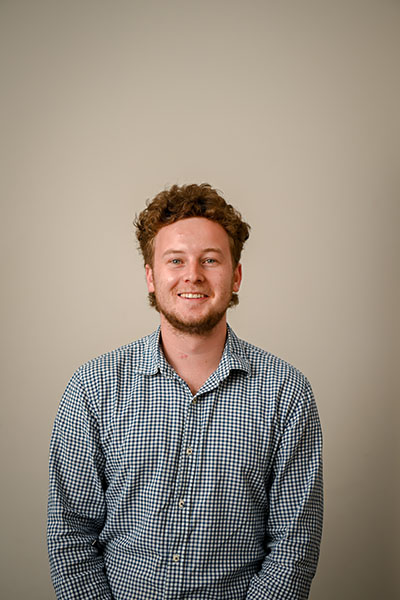 Josh Riseley. Photo: Sunraysia Daily.
Josh Riseley. Photo: Sunraysia Daily.
Part of Elliot Newspaper Group, the publication is the largest paid circulating daily newspaper in its region. Print editions ceased briefly at the start the pandemic but are now back on Mildura streets.
“The Sunraysia Daily goes back over a hundred years, so I think there’s that sort of relationship – it’s been synonymous with the community for a really long time,” Josh says.
Originally from Leongatha, Josh studied Media and Communications at Latrobe University. He’d always been interested in journalism, but with a particular focus on sport. When a general reporting job was advertised in Mildura, where he had some family, he leapt at the opportunity to go back to the country.
He says that while he had to jump straight into on-the-ground reporting, it was a powerful learning curve, and he was surrounded by an approachable and experienced team.
“Some people in my department would have easily 30-40 years’ experience in different journalistic areas. I’ve been able to ask any of these people for help, and they’ve guided me,” he says.
“It was a bit of a jump into the deep end, but I don't think that really hurt me. I think that just helped me learn.”
Josh says the editorial team quickly realised where his passion was, and after six months of split duties, he moved permanently to the sports desk, which he currently shares with one other journalist. He echoes that sport remains a driving force behind print news consumption.
“It’s a really flourishing sporting community up here. There are so many different sports up here, even little ones… the water sports are big, the motor sports are big… there are all these niche sports that you can’t get everywhere, and I think the range of them is pretty special,” he says.
But just like the rest of country Victoria, there’s a deep, reliable passion for football.
“In [football] finals season, our footy lift out is almost as big as the general news section. And the data shows that people read that,” he says.
“This is the news that matters to people up here.”
Josh is bullish on strong, enduring demand for locally-produced journalism. But he says the medium will continue to evolve.
“Personally, I really enjoy reading a hardcopy newspaper, but I don’t think that’s going to be a thing forever,” he says.
“We’re certainly aware that the digital area of the business is something that needs to grow if we’re going to survive.”